Recommended
-
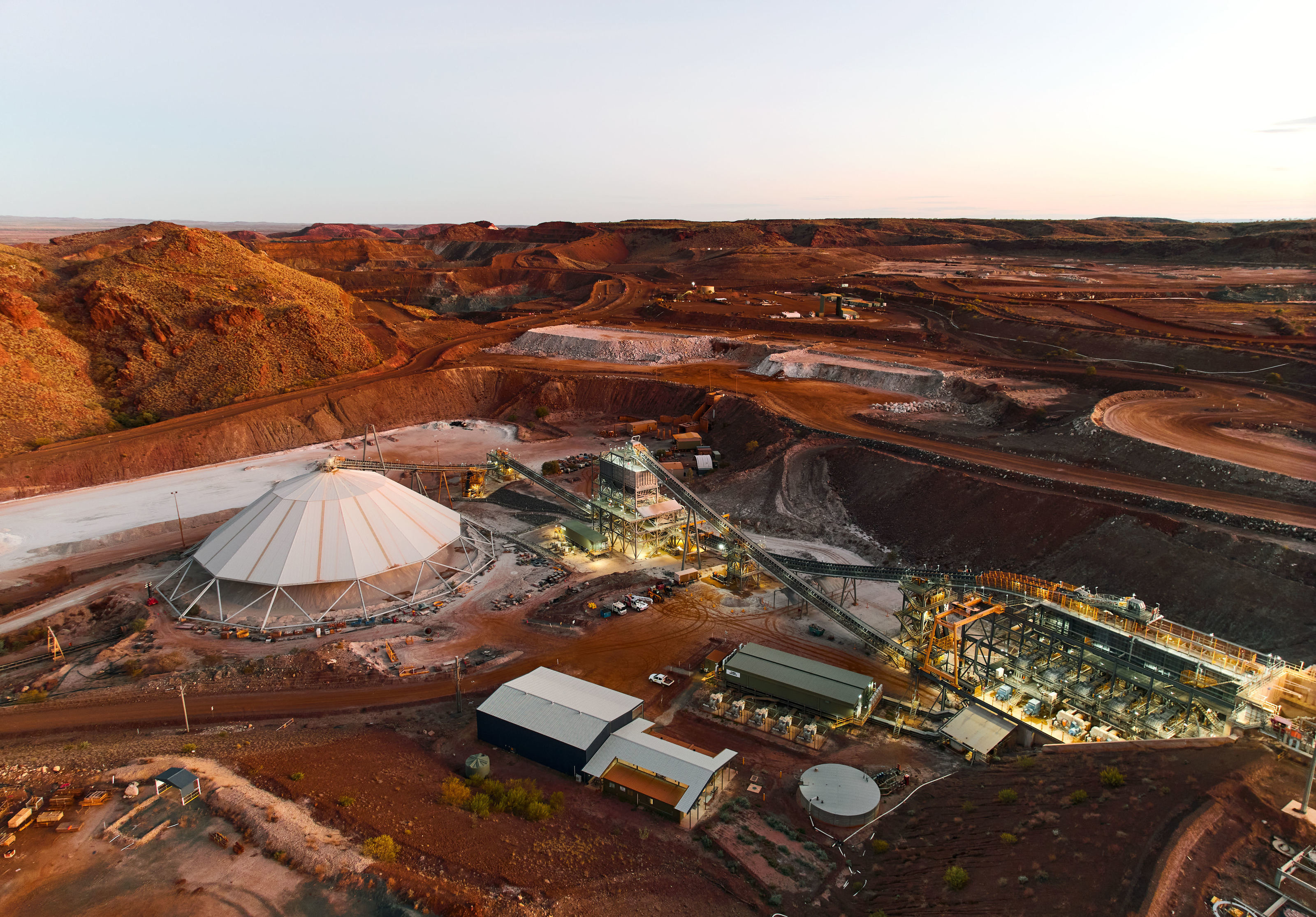
POSCO Holdings invests KRW 1.1 trillion to secure global lithium resources… continuing future growth investments for “materials patriotism”
2025/11/14
-
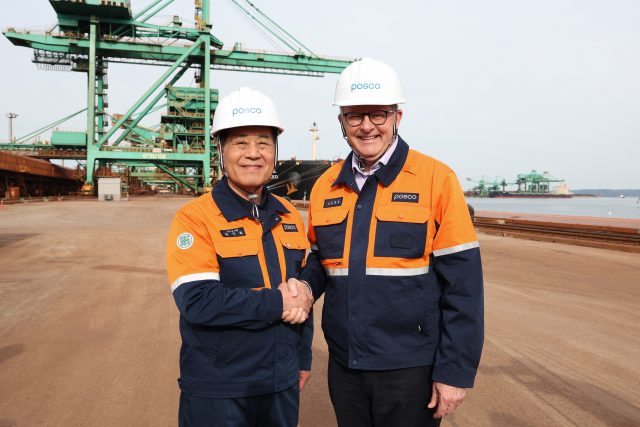
Australian Prime Minister Anthony Albanese visits Pohang Works
2025/11/14
-

POSCO Future M Signs MOU with U.S.-based Factorial for All-Solid-State Battery Technology Development
2025/12/05
-

A Comprehensive Look at POSCO Group’s Energy Transition Strategy
2025/11/26
-
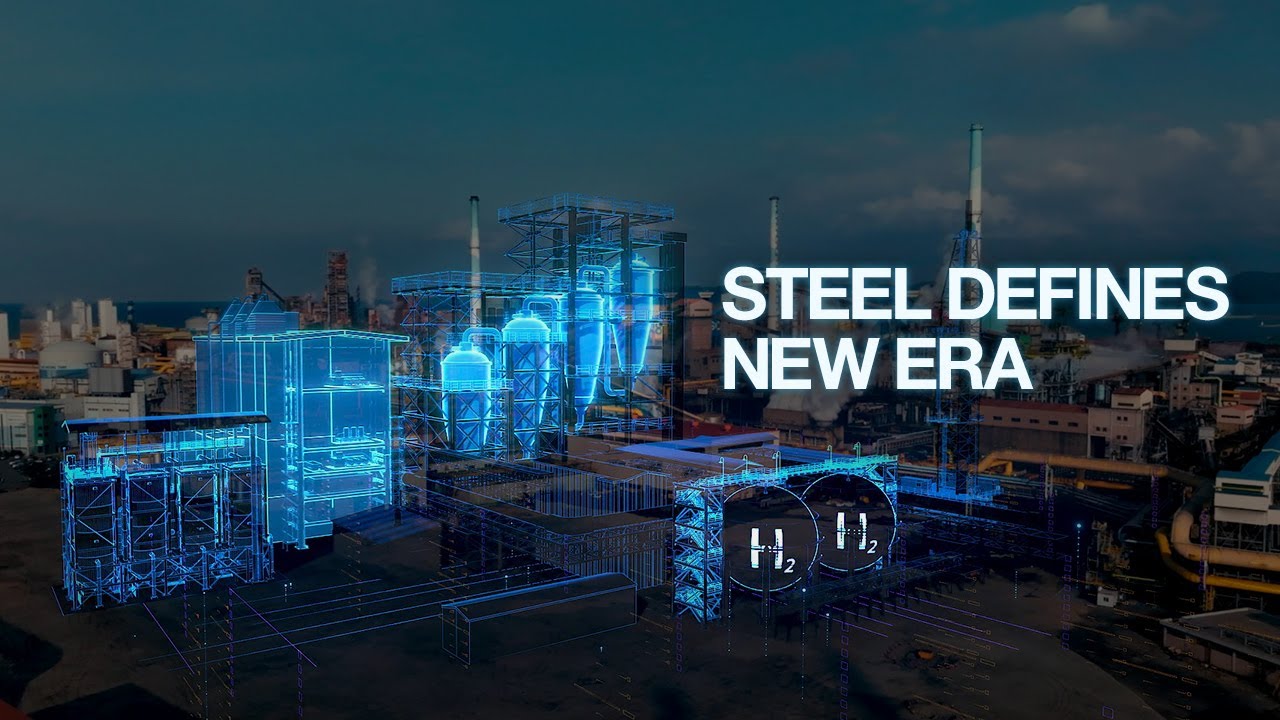
POSCO PR Film (STEEL DEFINES NEW ERA)
2025/08/20
-

[Interview] POSCO Future M’s Cathode Material Development Group Develops LMR Cathode for Future Batteries
2025/11/13
Group Companies
-
Steel
-
Infrastructure
-
Future Materials
-
Foundations etc.
-
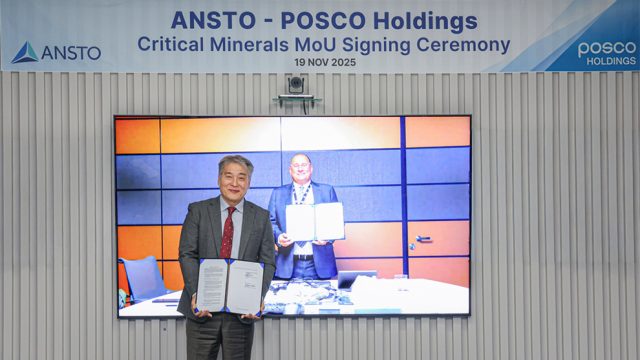
POSCO Holdings signs MOU with Australian Nuclear Science and Technology Organisation (ANSTO) for critical minerals technology cooperation
2025/11/28
-

From Hydrogen Co-Firing Power Generation to Offshore Wind Power: A Comprehensive Look at POSCO Group’s Energy Transition Strategy
2025/11/26
-
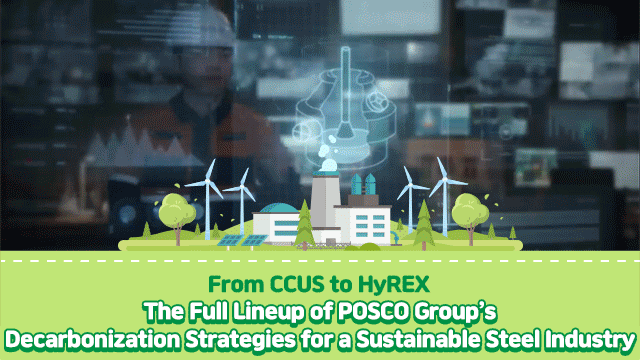
From CCUS to HyREX: The Full Lineup of POSCO Group’s Decarbonization Strategies for a Sustainable Steel Industry
2025/10/29
-

POSCO Holdings hosts the 1st Korea–Australia Critical Minerals Forum to strengthen lithium technology cooperation
2025/10/28
-

Sustainable Aviation Fuel (SAF), Opportunities and Challenges in a High-Profile Global Growth Industry
2025/10/28
-

Carbon Tax Hits the High Seas! LNG Market Outlook in Light of the 2028 GHG Pricing Mechanism
2025/08/06
-

How Will Hyperloop, the Future of Transportation, Transform the Steel Industry?
2025/04/30
-

The LNG Value Chain Shaping the Global Energy Market
2025/01/17
-

POSCO Future M Signs MOU with U.S.-based Factorial for All-Solid-State Battery Technology Development
2025/12/05
-

POSCO INTERNATIONAL Acquired Major Indonesian Palm Company and Completed Refinery, Completing Full Value Chain from Development of Palm Seed to Production of Biofuel Feedstock
2025/11/21
-
- POSCO Holdings invests KRW 1.1 trillion to secure global lithium resources… continuing future growth investments for “materials patriotism”
- Australian Prime Minister Anthony Albanese visits Pohang Works… POSCO Group strengthens Korea-Australia economic cooperation to solidify a sustainable global supply chain




![[Special Feature] From Hydrogen Co-Firing Power Generation to Offshore Wind Power: A Comprehensive Look at POSCO Group’s Energy Transition Strategy](https://newsroom.posco.com/en/wp-content/uploads/2025/12/20251201_en_MainKV_PC_02.gif)
![[Interview] POSCO Future M’s Cathode Material Development Group Develops LMR Cathode for Future Batteries](https://newsroom.posco.com/en/wp-content/uploads/2025/11/20251114_en_MainKV_PC_03.jpg)

